Keeping Ice Cold Without a Freezer: 15 Practical Tips
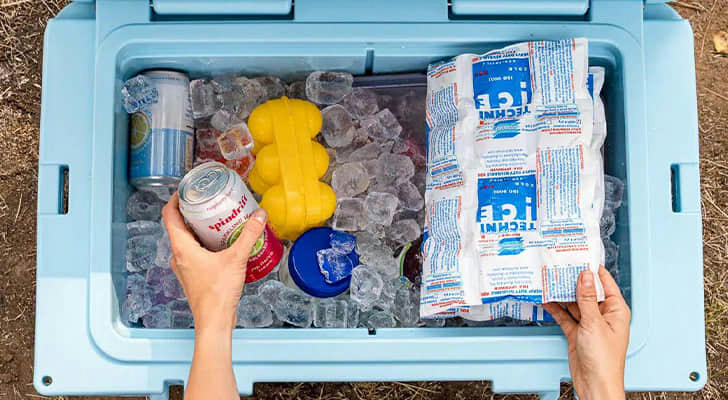
With drinks chilling in the fridge and burgers sizzling on the BBQ, your party is ready to start—but there’s no room in the freezer for the ice! Don’t worry—there are plenty of simple ways to keep ice from melting even without a freezer. Check out these 15 tips to help keep your ice frozen for longer!
1.Store Ice in a Plastic Container or Cooler
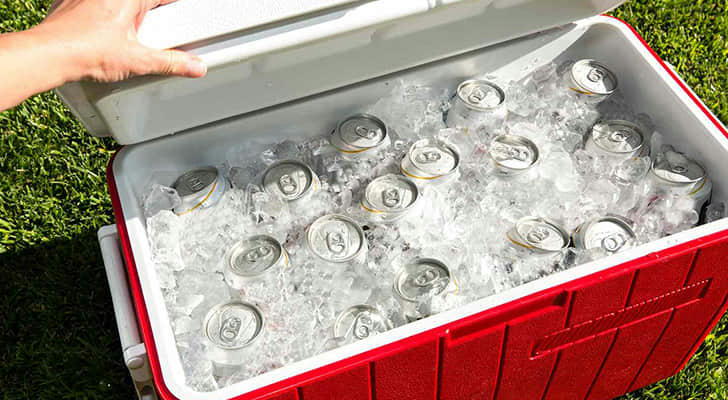
For effective insulation, place your ice in a plastic cooler or a lidded plastic container. These closed containers trap cold air, slowing down the melting process.
Choose Plastic Over Meta Whenever possible, opt for plastic coolers or containers instead of metal ones, as metal conducts heat more quickly and will cause the ice to melt faster.
Minimize Opening To keep the ice frozen longer, try to open the cooler or container only when necessary. Frequent opening lets warm air in, which speeds up melting.
Use a Bucket in a Pinch If a cooler isn't available, a bucket can serve as an alternative, though it won’t insulate as well. Cover the bucket to help retain the cold.
Insulate with Aluminum Foil If you don't have a suitable container, wrapping the ice in aluminum foil can also provide some insulation, helping to keep it cold for a longer period.
2.Use Aluminum Foil to Insulate the Container
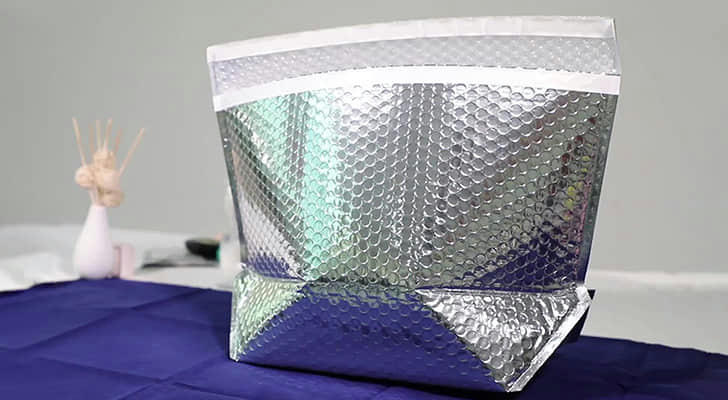
Aluminum foil is excellent for keeping heat at bay. Before adding ice to your bucket or cooler, line the interior with a few sheets of aluminum foil. Additionally, wrap the exterior with foil to reflect heat away from the container.
Proper Foil Placement Ensure the shiny side of the foil faces outward when covering the container. The reflective surface will better deflect light and heat, helping to maintain the ice’s temperature.
3.Insulate the Container with a Towel

Wrapping a towel around your ice-filled container provides additional insulation. After placing your ice in a bucket or cooler, cover the container with several towels or blankets. This fabric layer helps trap the cold air inside, keeping your ice frozen longer.
Enhance with a Damp Towel For extra cooling, dampen the towel before wrapping it around the container. As the water evaporates, it cools the surrounding air, further helping to maintain the ice's temperature.
Combine with Aluminum Foil For optimal insulation, wrap the container in a towel first, and then cover it with aluminum foil. This dual-layer approach will maximize the cooling effect and prolong the ice’s lifespan.
4.Use the Fridge in a Pinch
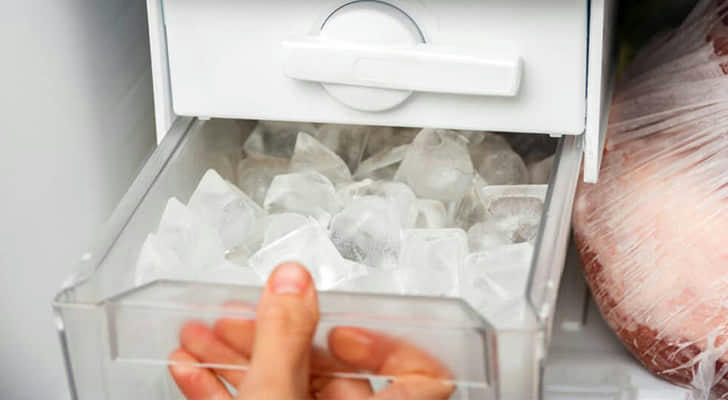
If you lack a cooler, bucket, or freezer, your fridge can be a temporary solution. Wrap the ice in aluminum foil to help retain the cold and place it at the back and bottom of the fridge, where temperatures are typically the lowest.
Maximize Fridge Cooling Although a fridge isn’t cold enough to keep ice completely frozen, it can slow down the melting process, giving you more time to find a proper cooler or bucket. Avoid placing the ice in the fridge door, as it tends to be warmer.
Keep Ice in Its Package If you bought packaged ice from the store, leave it in its original packaging to help maintain its temperature longer.
5.Insulate the Container with Towels or Foam
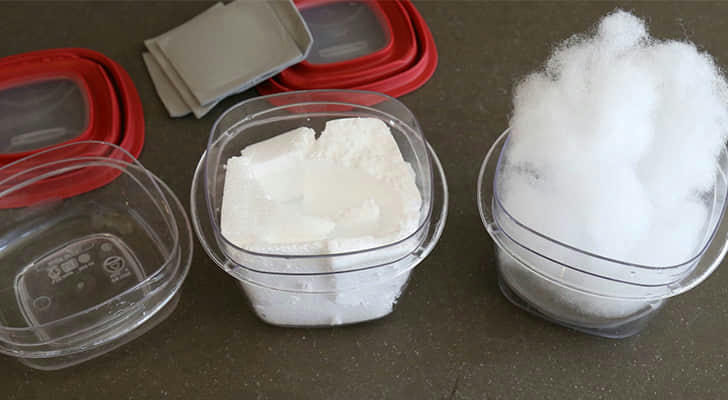
Enhance the ice retention of your container by adding extra insulation. Line the bottom and sides of a cooler or container with thick materials like towels or foam. This added layer helps keep the cold air inside.
Use Packaging Materials for Extra Insulation If you have packaging materials such as bubble wrap, place them between the towel and the ice for additional insulation. The trapped air between the layers will further help in maintaining the ice’s temperature.
6.Use Salt to Lower the Freezing Point
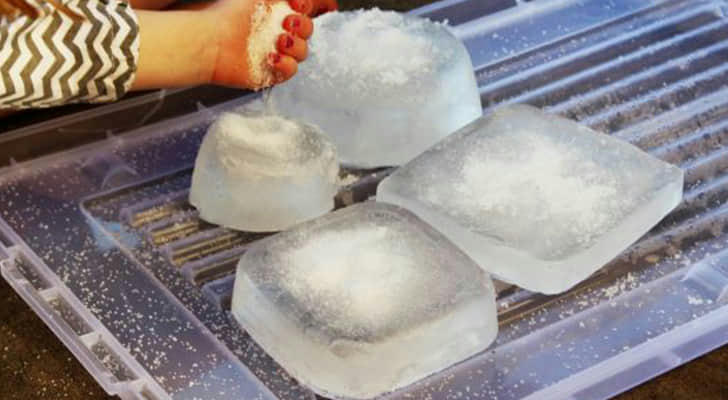
Adding salt can help ice stay frozen longer by lowering its melting point. Pour your ice into a container and sprinkle a generous amount of sea salt over it. The salt decreases the freezing temperature of the ice, slowing down the melting process and making the container colder.
Possible Formation of New Ice As the existing ice melts, you might even notice new ice forming due to the lower freezing point. This simple trick helps maintain the ice for a longer duration.
7.Drain Melted Water Regularly
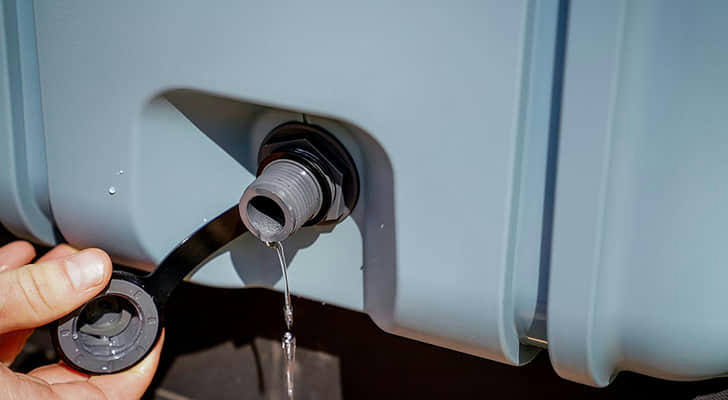
As ice melts, the resulting water can warm up and cause the remaining ice to melt faster. To prevent this, check your cooler or container every hour and pour out any melted water you find.
Use the Cooler’s Drainage Plug Many coolers come with a drainage plug on the side, which makes it easy to remove melted ice water. If your container doesn’t have a plug, simply tilt it to the side to let the water drain out. Regularly removing the melted water will help keep the ice from melting too quickly.
8.Use Larger Ice Cubes
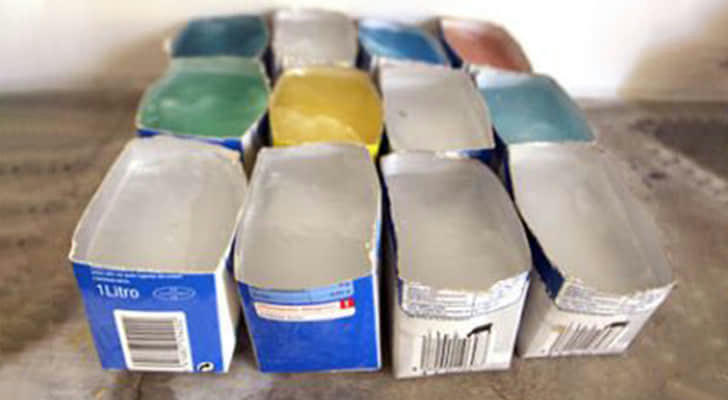
Larger ice cubes melt more slowly than smaller ones due to their reduced surface area-to-volume ratio. To keep ice from melting quickly without a freezer, use large chunks or blocks of ice in your cooler or container.
DIY Ice Blocks You can easily make large ice blocks by filling clean milk, juice, or ice cream cartons with water. Leave some space at the top of the carton to allow for expansion as the water freezes.
Avoid Crushed Ice Crushed ice melts the fastest because of its small size and large surface area. Opt for larger ice cubes or blocks to prolong their freezing duration.
9.Use a Large Amount of Ice
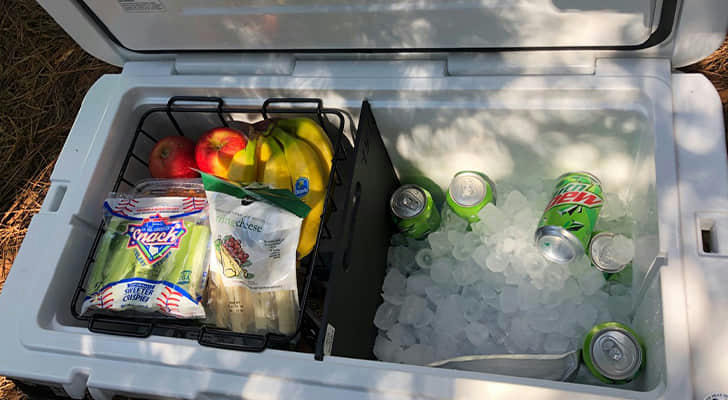
The more ice you use, the longer it will remain frozen. To keep your ice cold for an extended period, fill your cooler or container as much as possible with ice. When ice is packed tightly together, it helps maintain a low temperature and slows down the melting process.
Avoid Overpacking However, don’t overfill the cooler or container to the point where the lid won’t close properly. If necessary, remove some ice and use it for your drinks. Coolers and containers tend to stay colder when they are fully packed rather than only partially filled.
10.Pre-Chill the Cooler or Container
Cooling down your container before adding ice can help it stay cold longer. To do this, put a bag of ice in the cooler or container and leave it in a cool location overnight, such as your fridge or basement. This pre-chilling process helps lower the container's temperature, which can keep your ice frozen for up to 10 additional hours.
Chill Items Before Adding Them Make sure to also chill or freeze any items you plan to place on the ice. Room-temperature or warm items can cause the ice to melt faster, so cooling them down beforehand will help maintain the ice’s frozen state.
11.Keep Ice in a Cool Spot
To extend the life of your ice, ensure it stays in a cool environment. Keep your ice out of direct sunlight and, if indoors, place it near a fan or an air conditioning vent to maintain a lower temperature around it.
Choose a Small, Cool Room If possible, store the ice in a small room with a fan or AC vent. Smaller rooms generally stay cooler for longer, which helps keep your ice frozen.
Avoid Heat Sources Keep the ice away from any warm objects such as heaters, stoves, or sunny windows, as these can speed up the melting process.
12.Keep Ice in the Backseat, Not the Trunk
During hot summer days, the trunk of your car can become extremely warm, which speeds up ice melting. Instead, keep your cooler or container of ice in the backseat where the temperature is generally cooler.
Utilize Air Conditioning If your car has air conditioning, turn it on to further help maintain the ice's frozen state. The cooler interior of the car combined with AC can keep your ice from melting too quickly.
13.Use Boiled Water to Make Ice That Melts Slowly
Boiling water before freezing it creates denser ice, which melts more slowly. To do this, boil water in a kettle or pot, let it cool, and then freeze it in your ice trays. Boiling removes air bubbles from the water, resulting in clearer and denser ice that lasts longer.
Perfect for Clear Ice This method is also ideal if you want to make clear ice for elegant cocktails or beverages.
14.Use Dry Ice to Keep Regular Ice Frozen Longer
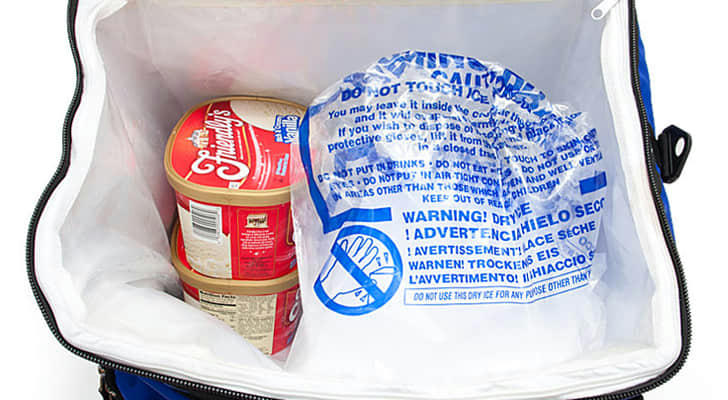
Dry ice can significantly extend the life of regular ice. For long-term storage, place dry ice in your cooler along with your ice. To use dry ice safely, wrap about 10 lbs (4.5 kg) of it in newspaper while wearing insulated gloves. Then, position the dry ice in a styrofoam tray at the bottom of the cooler and place your regular ice on top.
Ensure Proper Ventilation
Leave the cooler slightly open or unscrew the drainage cap to allow gas from the dry ice to escape as it evaporates. Dry ice, being solid carbon dioxide, can build up pressure if the gas is trapped, potentially damaging the cooler or causing it to explode.
Handle with Care
Always use insulated gloves when handling dry ice to avoid frostbite, as it is extremely cold at around -109°F (-78°C). After using the dry ice, open the cooler in a well-ventilated area and allow it to fully melt away.
15.Bury the Container in the Ground for Extended Ice Life
Using the earth's natural coolness can help keep your ice frozen longer. Before the invention of freezers, ice was stored in underground pits known as ice houses because the ground temperature is cooler than the air. To replicate this method, dig a hole large and deep enough to accommodate your cooler or container.
Ideal for Camping or Outdoor Events This technique works well for camping trips or outdoor gatherings. For added insulation, line the hole with straw or sawdust to help maintain the cool temperature around your ice.
Alternative Options If digging a hole isn’t practical, you can also store the ice in a basement or cellar where temperatures are naturally cooler. If you’ve already insulated your container with towels and foil, you might not need to bury it. Similarly, if the outdoor temperature is already below freezing, burying the container may not be necessary.
